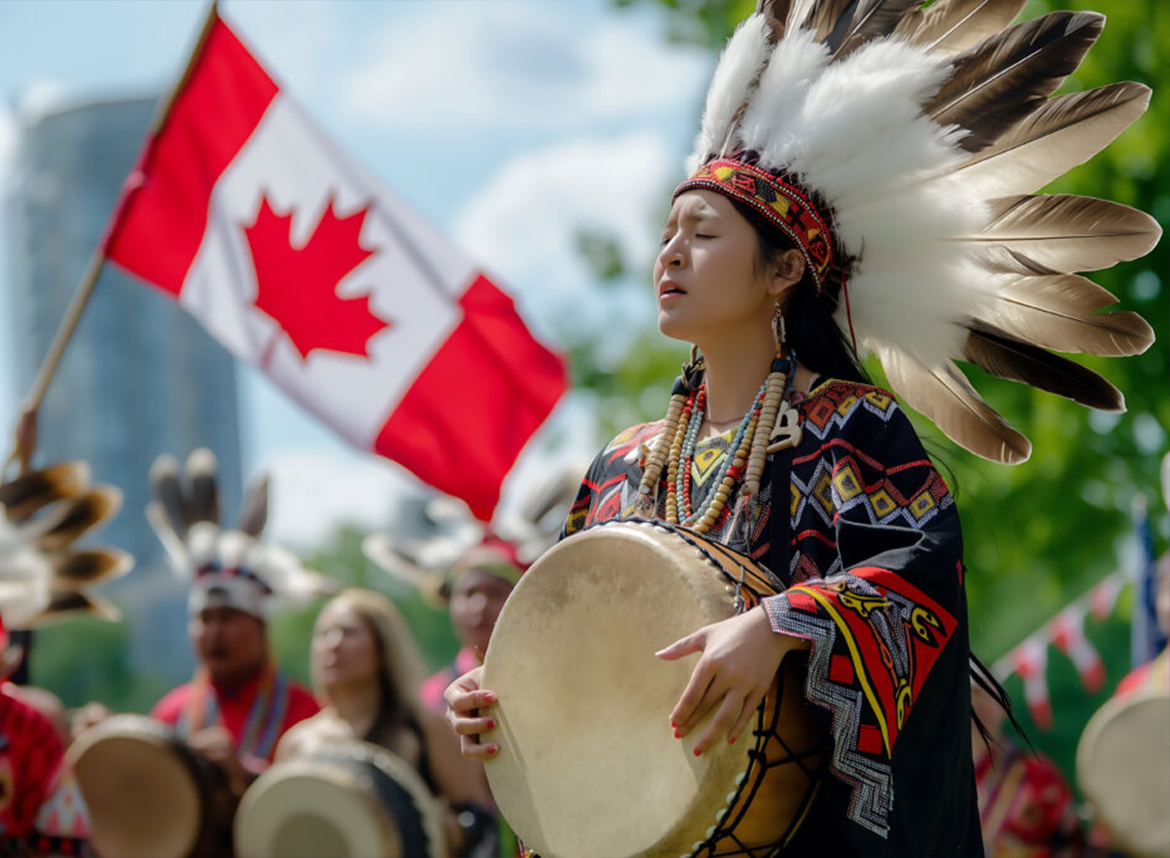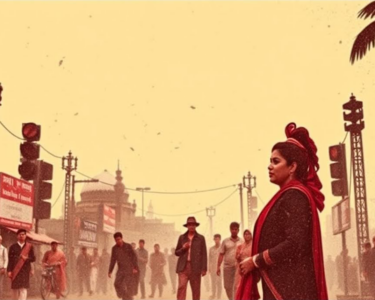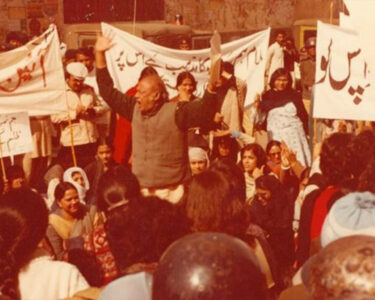Canada’s music scene is a beautiful amalgamation of sounds and cultures, and it’s one of the best reflections of what makes this country so special. When you think of Canada, you might picture towering mountains, endless forests, and maybe even a bottle of maple syrup. But Canada’s identity goes way beyond the natural beauty and the clichés. One of the truest ways to understand the country’s soul is through its music—music that’s as diverse and multicultural as its people.
If you’ve ever walked through Toronto or Vancouver, you know what I mean. These cities feel like a world tour all on their own, with neighborhoods full of vibrant sounds that echo cultural roots from nearly every corner of the globe. In Toronto, for instance, you have Caribana, the annual celebration of Caribbean culture. This festival is a wild explosion of music, color, and dance that brings together people from all backgrounds to revel in the rhythms of reggae, soca, and calypso. It’s a reminder that Caribbean culture is a big part of Canada’s story and a huge part of its music scene. Caribana has grown over the years to become one of North America’s largest cultural festivals, attracting people from far and wide. It’s not just about entertainment; it’s a celebration of identity, community, and the joyful vibrancy of Caribbean sounds that make their way into Canada’s musical fabric.
But Canada’s musical diversity goes even deeper than these big city festivals. Long before European settlers arrived, Indigenous communities across the country had their own unique and powerful musical traditions. If you’ve ever heard Inuit throat singing—called katajjaq—you’ll know it’s an unforgettable experience. Two women face each other, exchanging rhythmic, almost otherworldly sounds that mimic the environment around them. Throat singing and other Indigenous music forms like drumming ceremonies and storytelling through song have deep roots in Indigenous cultures, each song carrying stories of history, spirituality, and survival. Today, thanks to artists like Tanya Tagaq, who brings throat singing to the mainstream, more Canadians and people around the world are getting a taste of these deep cultural roots. Tagaq has shown how Indigenous music isn’t just part of Canada’s past but is very much part of its present and future.
Then there’s Quebec. This province has its own distinct vibe and music scene that brings a French-Canadian twist to the country’s cultural tapestry. Quebec’s artists aren’t just well-known in Canada; they’re international stars. Celine Dion, for example, is practically a national treasure. And then you have bands like Arcade Fire, who have managed to take Quebec’s unique flair global. But beyond these famous names, Quebec’s traditional folk music is alive and well. With fiddles and accordions telling stories of love, struggle, and celebration, this music is celebrated at festivals like Les FrancoFolies de Montréal, where French-Canadian culture is proudly on display for all to enjoy. French-Canadian folk songs often tell stories of rural life, of historical struggles, and of community resilience, offering listeners a glimpse into Quebec’s rich history and cultural pride. This music is more than entertainment—it’s a way for French-Canadians to pass on their traditions and cultural identity.
Canada’s music scene wouldn’t be the same without its Caribbean communities. Especially in cities like Toronto and Montreal, you can hear the influence of reggae, soca, and dancehall in the air. These sounds aren’t just confined to festivals; they’re woven into the mainstream music scene. Artists like Kardinal Offishall, who grew up in Toronto, have taken those infectious Caribbean rhythms and mixed them with hip-hop to create sounds that feel both local and global. Kardinal’s music isn’t just great to dance to; it’s a bridge that connects people across cultures and generations. Through his music, he explores identity, pride, and the experiences of Caribbean-Canadians, making his music not just a catchy beat but also a statement of belonging. And when festivals like Caribana roll around, the city transforms into a giant party celebrating the vibrancy and joy of Caribbean culture.
Let’s not forget about Canada’s Asian communities, especially on the West Coast. Vancouver, for example, has musicians and ensembles that blend traditional Chinese, Japanese, and South Asian instruments with contemporary sounds. The Orchid Ensemble, for instance, uses instruments like the erhu and the zheng to create a sound that’s a mix of tradition and innovation. The Vancouver Intercultural Orchestra brings musicians from all sorts of backgrounds together, proving that music is the ultimate language when it comes to connecting people. These groups not only play music that sounds beautiful, but they also make a cultural statement. They show how Asian-Canadian identities are multifaceted, blending traditional heritage with modern influences to create a sound that feels both rooted and open to change.
Artists here aren’t afraid to blend genres and experiment with new sounds. You’ll find musicians combining elements of hip-hop, rock, jazz, and traditional folk music from various cultures to create entirely new styles. This experimentation isn’t just a creative choice; it’s a reflection of life in Canada. In a country where so many different cultures live side by side, it’s only natural that artists would find inspiration in each other’s sounds. Take Nomadic Massive, a Montreal-based group that mixes hip-hop with Afro-Latin rhythms, singing and rapping in multiple languages. It’s music that feels as diverse and layered as the city they come from. They’re part of a movement of musicians who are showing that Canadian music isn’t bound by language or genre. Their lyrics touch on social issues, identity, and unity, proving that music can be both a call to dance and a call to think.
Of course, Canada’s multicultural music scene doesn’t exist without its challenges. Artists from minority backgrounds still face difficulties in breaking into the mainstream and getting the recognition they deserve. But there’s a growing recognition of the need to support diverse voices. The Polaris Music Prize, for example, has started to shine a light on artists who reflect Canada’s cultural mix. Festivals and events celebrating multicultural music, like GlobalFest in Calgary, have also become essential platforms. They give artists from all backgrounds a stage to showcase their work and help audiences experience the richness of cultures outside their own. These gatherings are more than entertainment; they’re affirmations of Canadian values of inclusion and diversity, where everyone is welcome to join and learn.




